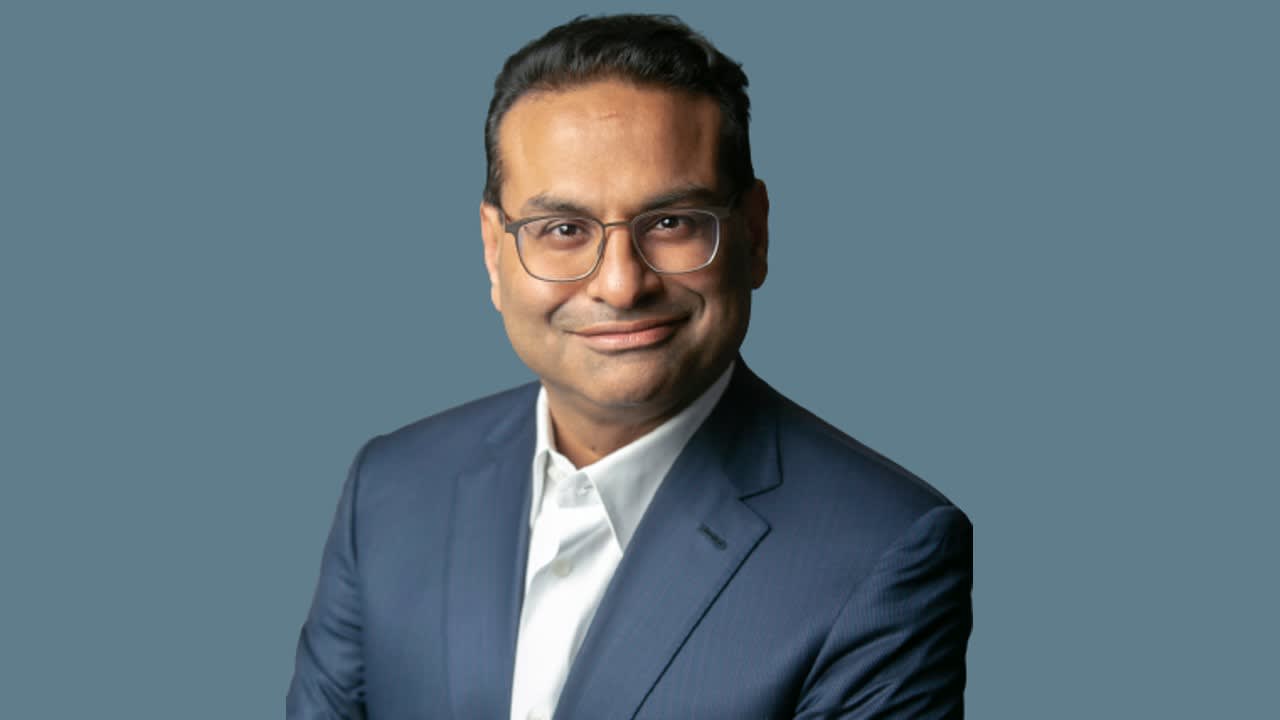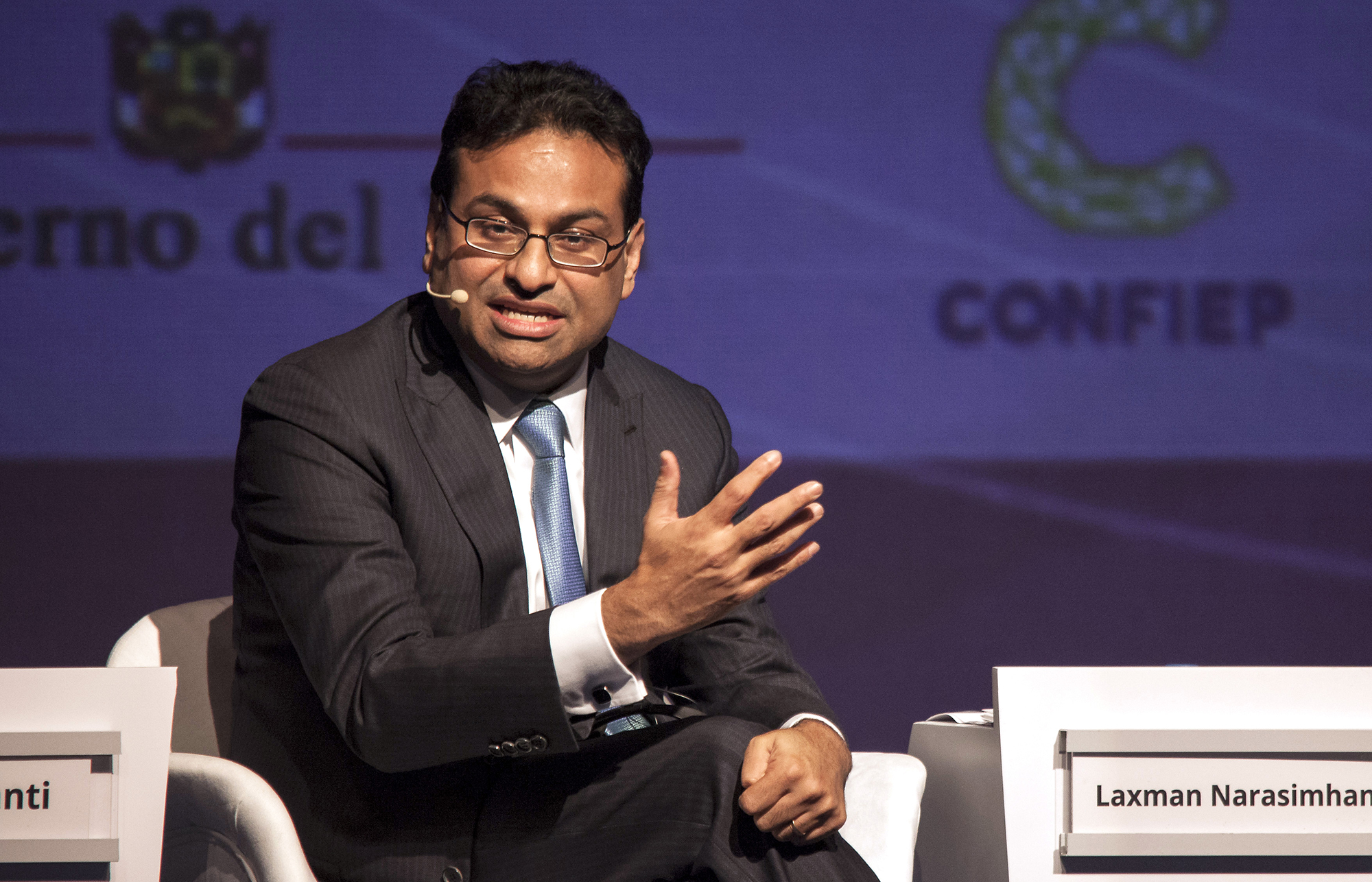Laxman Narasimhan’s Career Trajectory

Laxman Narasimhan, the current CEO of Starbucks, has a distinguished career spanning over two decades, marked by significant leadership roles in global consumer goods companies. His journey from a management consultant to a seasoned executive demonstrates his strategic acumen and ability to drive growth and transformation.
Key Roles and Responsibilities
Narasimhan’s career trajectory has been characterized by his ability to navigate complex business environments and deliver tangible results. His roles at PepsiCo, where he spent over 12 years, provide a clear illustration of his leadership capabilities.
- Narasimhan joined PepsiCo in 2001 as the Global Chief Strategy Officer, where he played a key role in developing and executing PepsiCo’s global growth strategy.
- He was subsequently appointed as the CEO of PepsiCo’s Quaker Foods North America, leading the turnaround of the iconic brand and driving its market share gains.
- In 2012, he was promoted to the position of Chairman of PepsiCo’s Latin America Beverages business, where he oversaw a significant expansion of the company’s operations in the region.
- He was then appointed as CEO of PepsiCo’s Global Coffee business, where he spearheaded the company’s strategic investments in the coffee industry, including the acquisition of the popular Colombian coffee brand, Café de Colombia.
- His final role at PepsiCo was as the CEO of the company’s Global Nutrition business, where he led a portfolio of brands, including Quaker, Tropicana, and Gatorade, driving innovation and growth across multiple categories.
Impact on PepsiCo’s Growth
Narasimhan’s leadership at PepsiCo was instrumental in driving the company’s growth and expansion. He was a key architect of PepsiCo’s global strategy, which focused on expanding its presence in emerging markets and diversifying its portfolio. His focus on innovation and product development led to the launch of several successful new products and the revitalization of existing brands.
“Laxman is a proven leader with a deep understanding of the consumer goods industry. He has a track record of success in driving growth and innovation, and we are confident that he will continue to do great things at PepsiCo.” – Indra Nooyi, former CEO of PepsiCo.
Decision to Leave PepsiCo and Join Starbucks
In 2019, after a successful career at PepsiCo, Narasimhan decided to pursue a new challenge and joined Starbucks as the Chief Operating Officer. This move was motivated by his desire to lead a company with a strong purpose and a focus on sustainability. Starbucks, with its global reach and commitment to ethical sourcing, presented a compelling opportunity for Narasimhan to apply his leadership skills and make a meaningful impact.
Narasimhan’s Leadership Style and Approach

Laxman Narasimhan, the current CEO of Starbucks, has a unique leadership style that has been shaped by his diverse experiences across various industries. He is known for his data-driven approach, strategic thinking, and emphasis on building a strong company culture.
Narasimhan’s Leadership Characteristics, Ceo laxman narasimhan
Narasimhan’s leadership style is characterized by his focus on data-driven decision making, strategic thinking, and fostering a culture of innovation. He is known for his ability to analyze complex situations, identify opportunities, and develop clear action plans.
- Data-driven Decision Making: Narasimhan relies heavily on data and analytics to inform his decisions. He believes in using data to understand customer behavior, market trends, and operational efficiency. This approach has been instrumental in Starbucks’ success in recent years, as it has allowed the company to make informed decisions about product development, marketing campaigns, and store expansion.
- Strategic Thinking: Narasimhan is a strategic thinker who is able to see the big picture and develop long-term plans. He has a deep understanding of the global coffee industry and the competitive landscape. He has been credited with developing a clear vision for Starbucks’ future, which includes expanding into new markets, developing new products, and enhancing the customer experience.
- Culture of Innovation: Narasimhan is committed to fostering a culture of innovation at Starbucks. He encourages employees to think creatively and come up with new ideas. This has led to the development of new products, such as the Nitro Cold Brew and the Starbucks Reserve Roastery, which have been successful in attracting new customers and driving revenue growth.
Comparison with Previous CEOs
Narasimhan’s leadership style differs from that of his predecessors at Starbucks in several key ways. While Howard Schultz, the company’s founder, was known for his charismatic and visionary leadership, Narasimhan’s approach is more data-driven and strategic. He is less focused on the emotional connection with customers and more focused on building a sustainable business.
Communication Style and Stakeholder Engagement
Narasimhan is known for his clear and concise communication style. He is able to effectively convey his vision and strategies to employees, investors, and the public. He is also known for his ability to build relationships with stakeholders and engage them in the company’s future.
“I believe in building a strong culture of transparency and communication. I want to ensure that all of our stakeholders are informed and engaged in the company’s journey.” – Laxman Narasimhan
Challenges and Opportunities at Starbucks: Ceo Laxman Narasimhan

Laxman Narasimhan, the new CEO of Starbucks, inherits a company that is navigating a complex and dynamic landscape. While Starbucks remains a global coffee giant, it faces significant challenges that require innovative strategies and a sharp focus on customer needs.
Competition
Starbucks faces intense competition from both established players and new entrants in the coffee industry. The company’s primary competitors include:
- Other Specialty Coffee Chains: Dunkin’ Donuts, Peet’s Coffee, and local coffee shops are vying for the same customer base.
- Fast Food Chains: McDonald’s, Burger King, and Subway are expanding their coffee offerings, offering convenience and value-oriented options.
- Convenience Stores: 7-Eleven and other convenience stores are increasingly offering high-quality coffee, making it easier for consumers to grab a quick cup on the go.
To stay ahead of the competition, Starbucks needs to continuously innovate its products, enhance its customer experience, and expand its reach.
Economic Headwinds
The global economy is facing several challenges, including inflation, rising interest rates, and potential recessionary pressures. These factors can impact consumer spending, potentially leading to a decrease in demand for Starbucks’ products.
Changing Consumer Preferences
Consumer preferences are constantly evolving, and Starbucks must adapt to these shifts.
- Health and Wellness: Consumers are increasingly focused on health and wellness, leading to a demand for healthier beverage options and plant-based alternatives.
- Sustainability: Consumers are becoming more environmentally conscious and are looking for companies that prioritize sustainability in their operations.
- Digital Convenience: Consumers are accustomed to digital experiences, and they expect seamless ordering, payment, and delivery options.
Starbucks must prioritize these changing preferences to maintain its relevance and appeal to a broader customer base.
Opportunities for Growth and Innovation
Despite the challenges, Starbucks has several opportunities for growth and innovation:
- Expanding into New Markets: Starbucks has a significant opportunity to expand its global footprint by entering new markets, particularly in emerging economies with growing middle classes.
- Developing New Products and Services: Starbucks can continue to innovate its product offerings by introducing new beverages, food items, and merchandise. This includes focusing on healthier and more sustainable options.
- Leveraging Technology: Starbucks can leverage technology to enhance its customer experience, including personalized recommendations, mobile ordering, and digital payment options.
Ceo laxman narasimhan – Laxman Narasimhan, the CEO of Starbucks, has a unique background that blends business acumen with a passion for innovation. His leadership style draws inspiration from various sources, including the work of visionary filmmaker Brian Niccol, whose filmography explores themes of technology, society, and the future.
Brian Niccol Wikipedia provides insights into his creative process, which aligns with Narasimhan’s commitment to pushing boundaries and embracing new ideas. This combination of business strategy and a forward-thinking mindset makes Narasimhan a compelling leader in the ever-evolving world of coffee.
